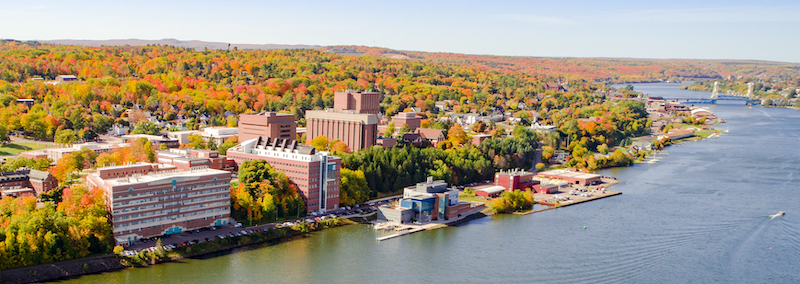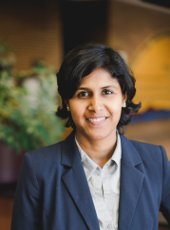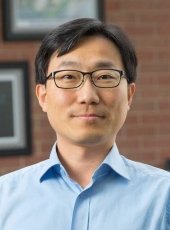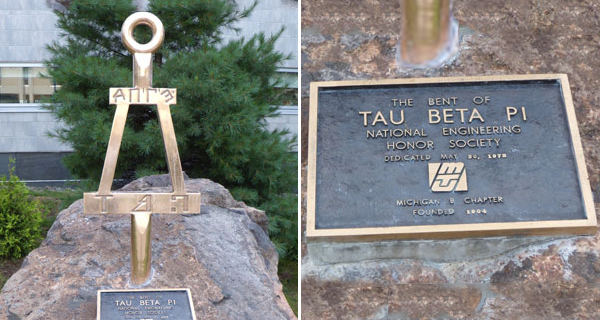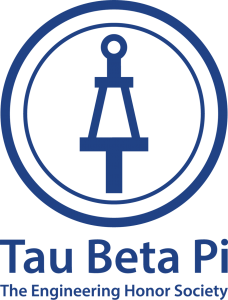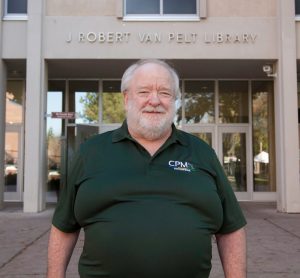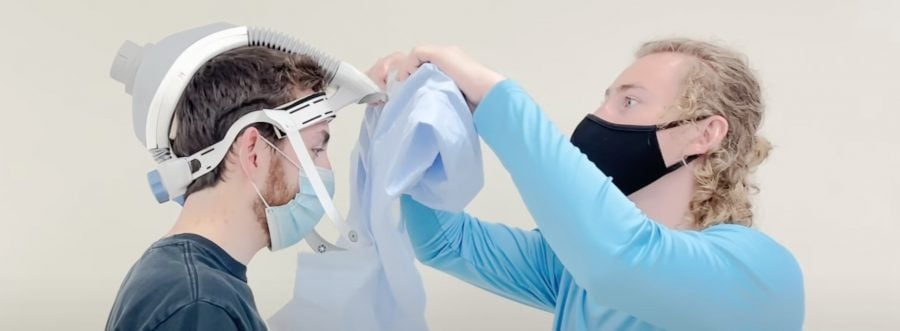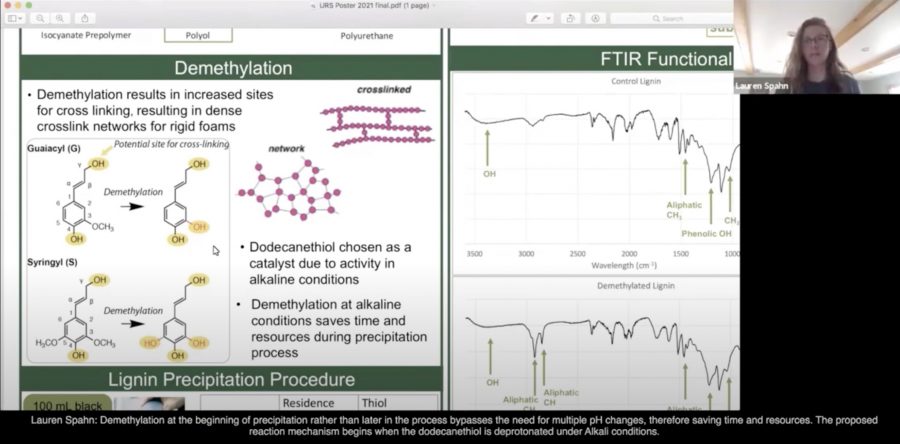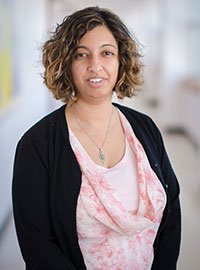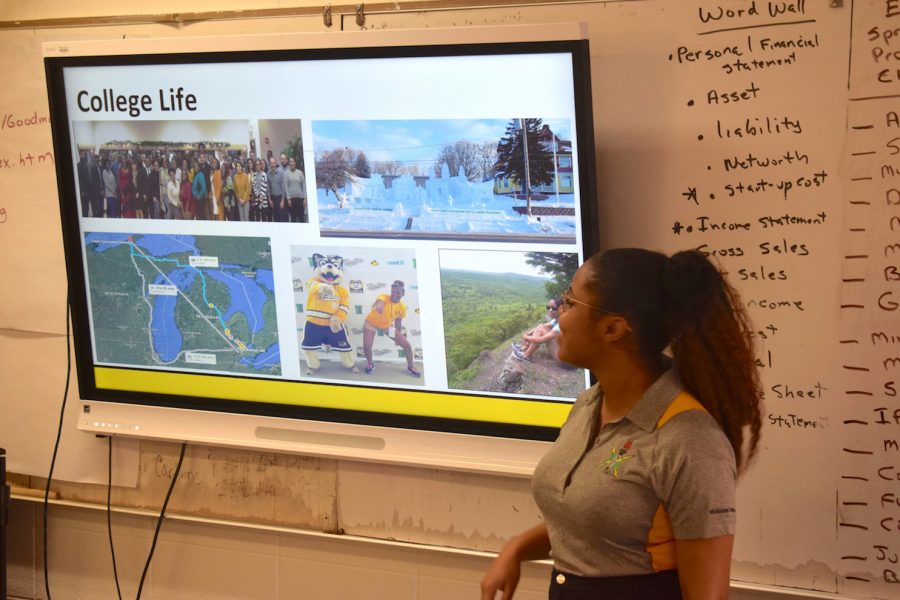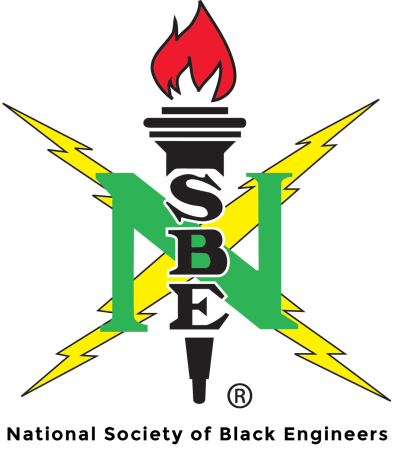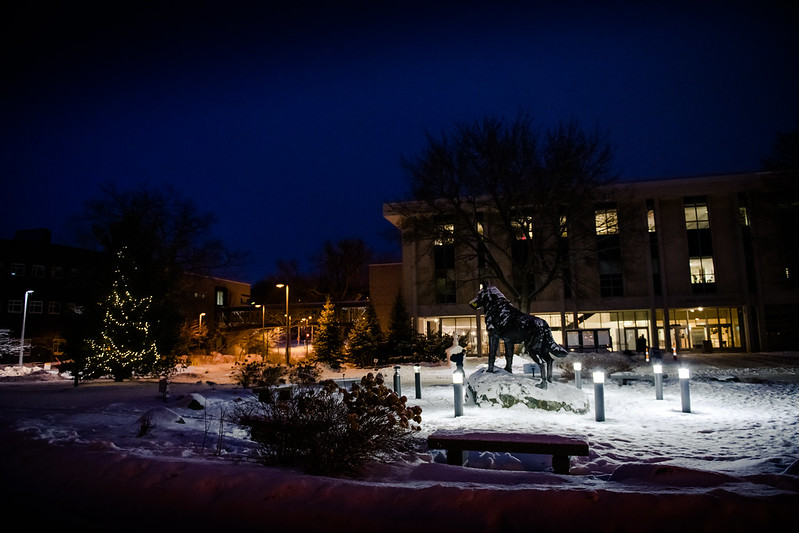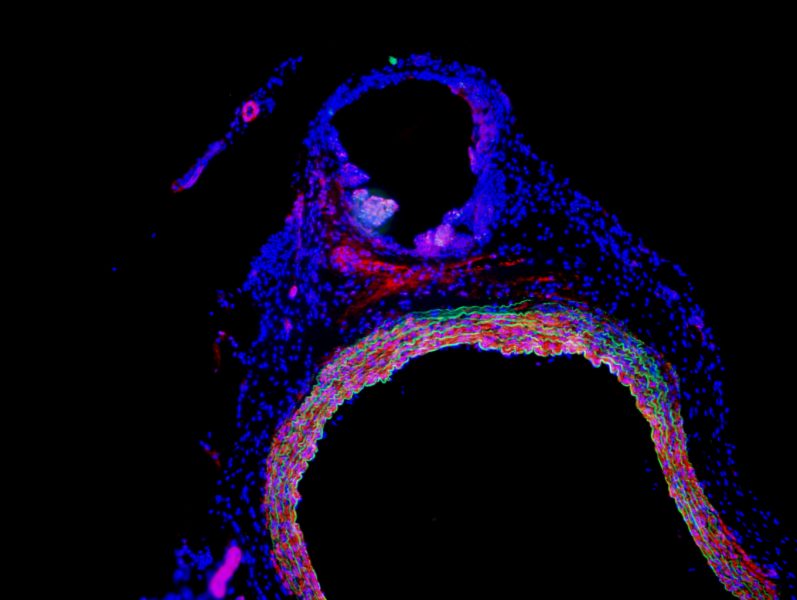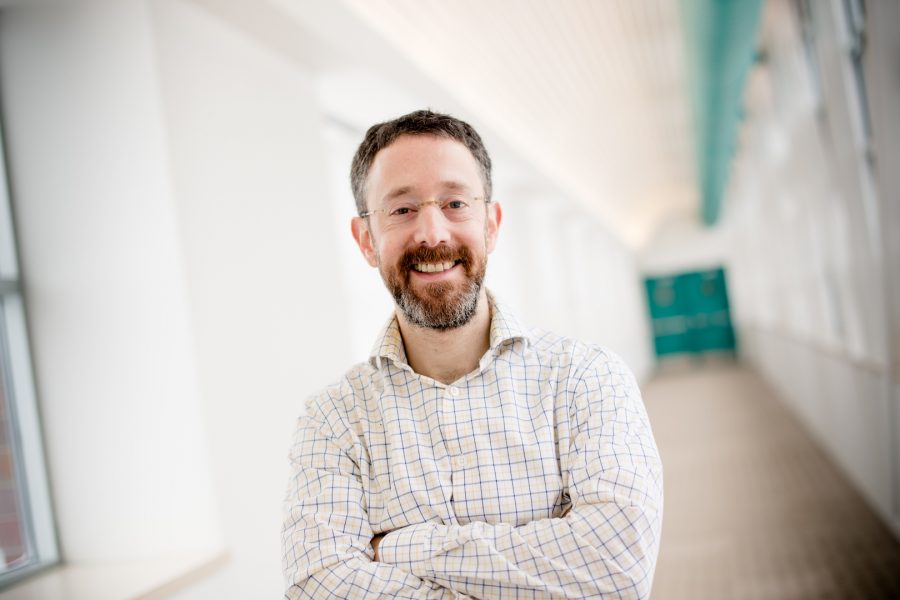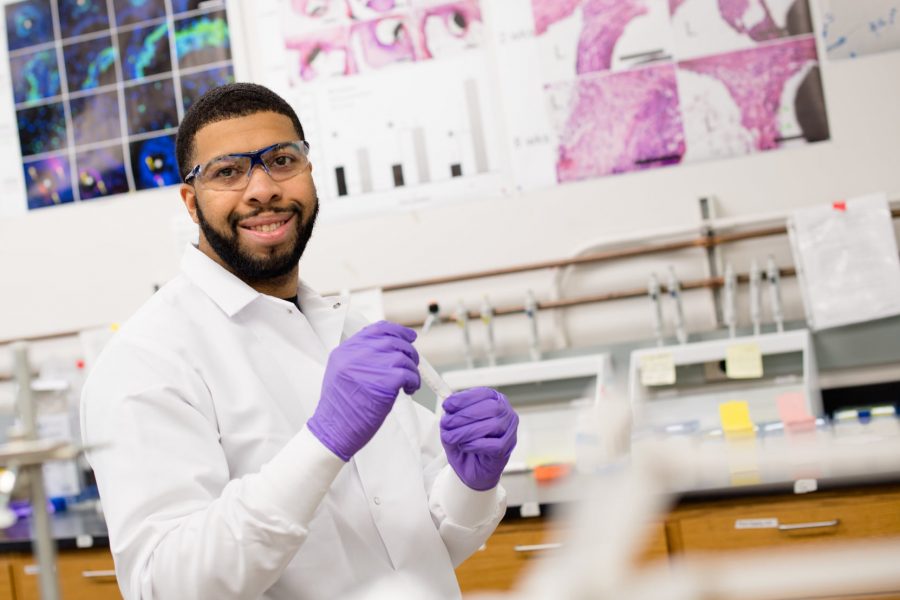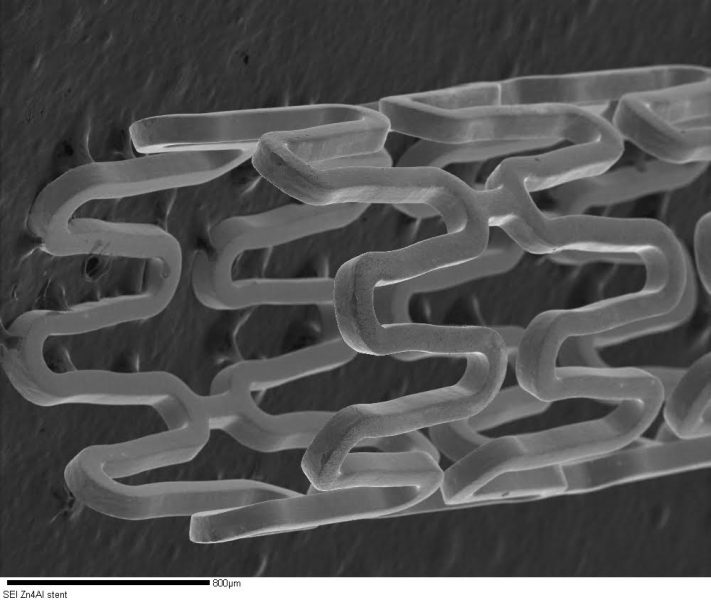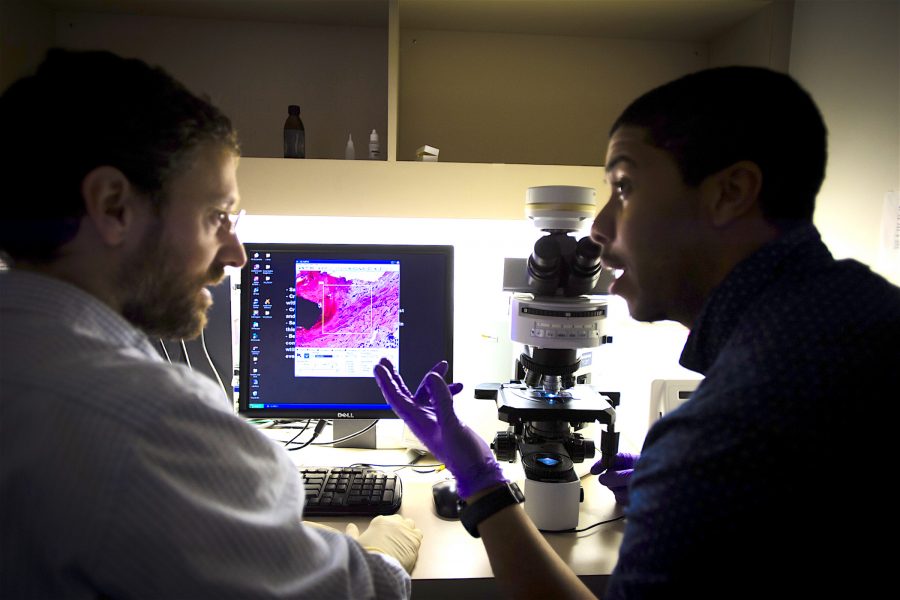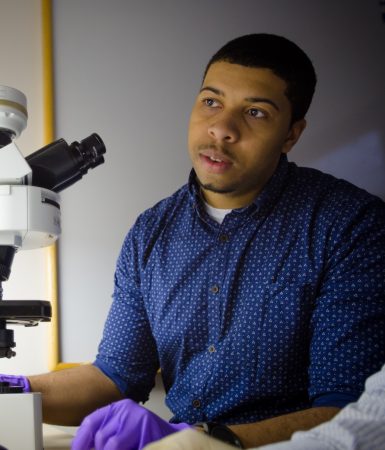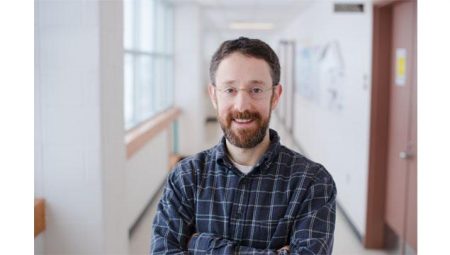
Writing in the Discipline (Write-D) and the Department of Chemical Engineering are pleased to welcome Tinu Folayan as the department’s Write-D facilitator beginning in the spring 2022 semester.
Write-D provides a dedicated time and space for graduate students to get work done and receive support on writing projects within their discipline, such as manuscripts, research proposals, etc. Guest speakers from the department and industry visit to briefly present research, writing and publishing tips.
Current departments and facilitators include:
- Biological Sciences / Biomedical Engineering:
Laura Schaerer, lgschaer@mtu.edu - Chemical Engineering:
Daniel Kulas, dgkulas@mtu.edu
Tinu Folayan, tfolayan@mtu.edu - Civil, Environmental, and Geospatial Engineering:
Brian Rivers, bwrivers@mtu.edu
Write-D is a free program open to all graduate students. If your department is not listed but you would like to participate, contact Write-D coordinator Sarah Isaacson at sisaacso@mtu.edu.
By Sarah Isaacson, Write-D Coordinator.
